This entry is an activity for Teach-Now while working towards a teaching certificate. Specific goals and requirements had to be met by this entry and is by no means designed to be an independent feature.
LESSON OBJECTIVE:
Students experiment and render an interpretation of a classical or master art work using their mobile device to research an artist of choice and to create their original interpretation. Students will display their creations on a gallery blog (maintained/updated throughout the year/course) of their choice from Tumblr or Instagram.
This lesson can be arranged as a group or solo activity. Art as a solo activity allows for a greater chance of flow — the moment when an individual becomes very much focused and engaged in their activity where actions are almost instinctive and concentrated. The advantage of a group activity provides students a chance to collaborate on and learn new techniques while sharing a goal.
This is an exercise in creativity so students can decide what application and process will work for their interpretation to be successful.
Overview – Masterpieces Interpreted
Various masterpieces or classical artworks have been interpreted and reworked based on periodic messages and styles. Take for example this very familiar piece made between 1503-17.
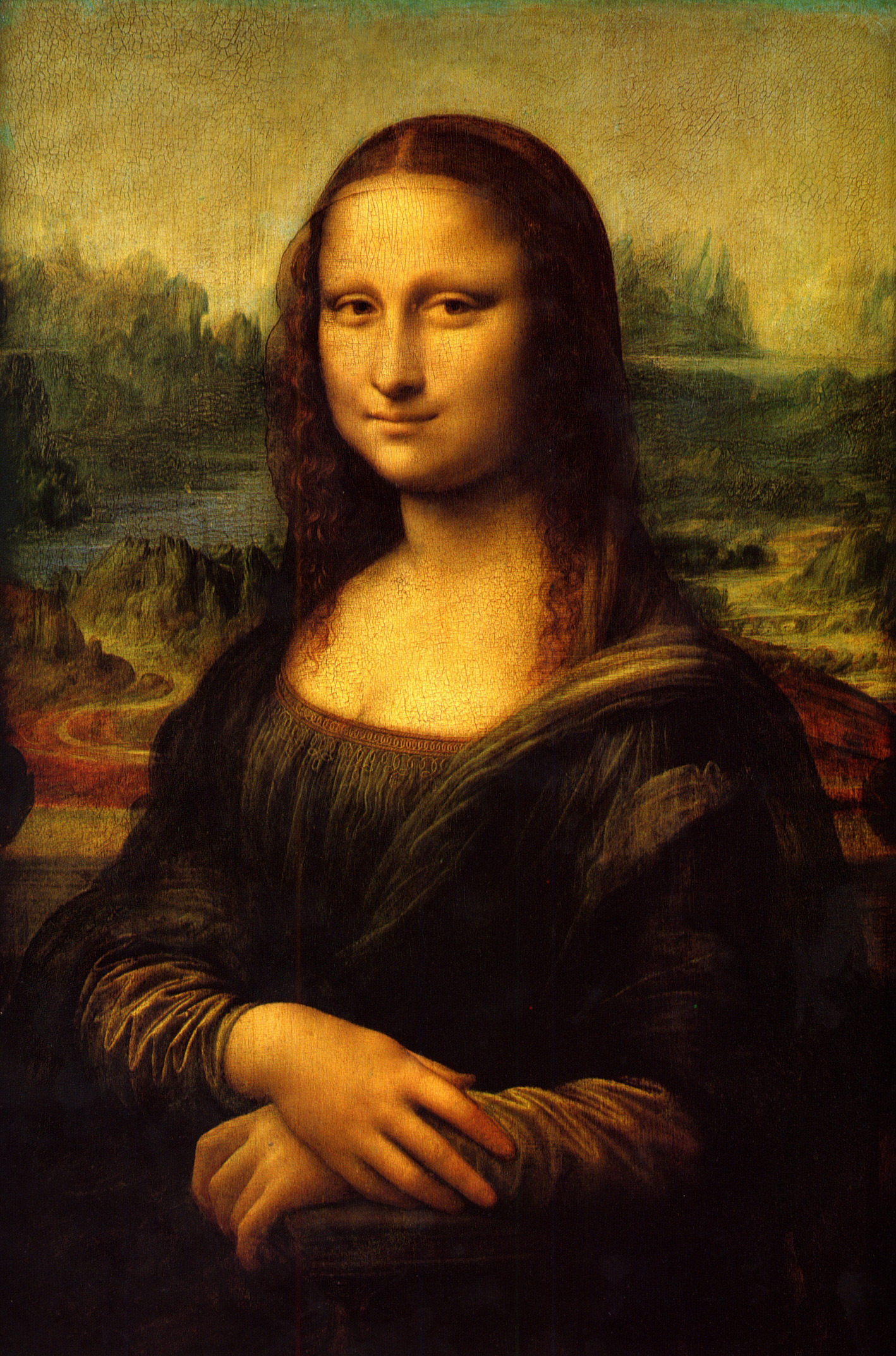
This work has been praised for its mystery, development, a classic representation of the artist and the Renaissance period, and has been stolen; simply, she is famous because she is famous and famous because of the mysterious smile and history. With this status, this piece becomes an easy target for mockery, commercialism, an inspiration for song, and interpretations for their own reasons throughout the centuries.
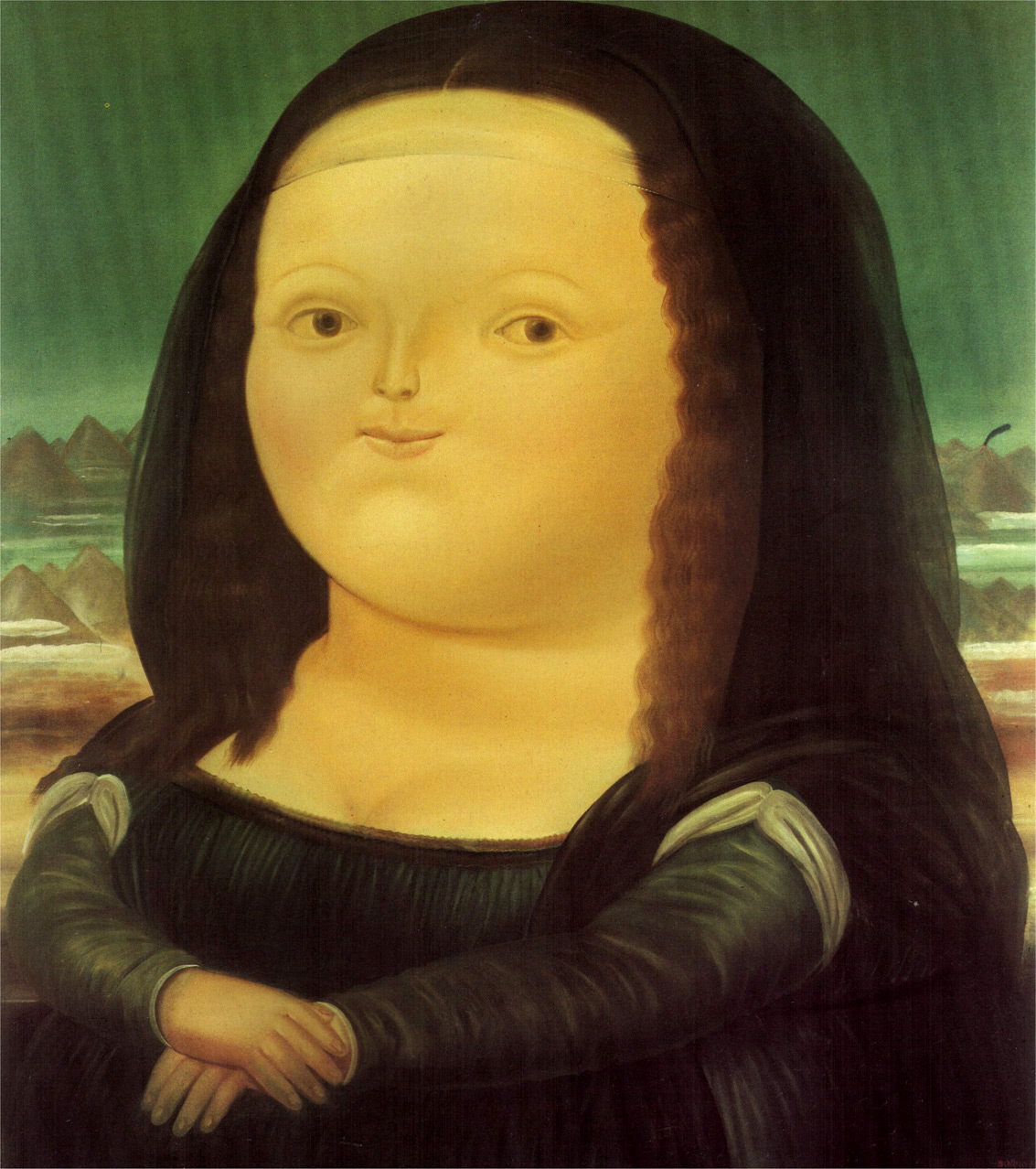
Fernando Botero was a Colombian artist that painted inflated forms. He would reinvent other artwork to develop his technique such as inflating the Mona Lisa.
Another artist inspired by the commercialism of this icon, continued with the same theme and created this piece as well as several other iterations:
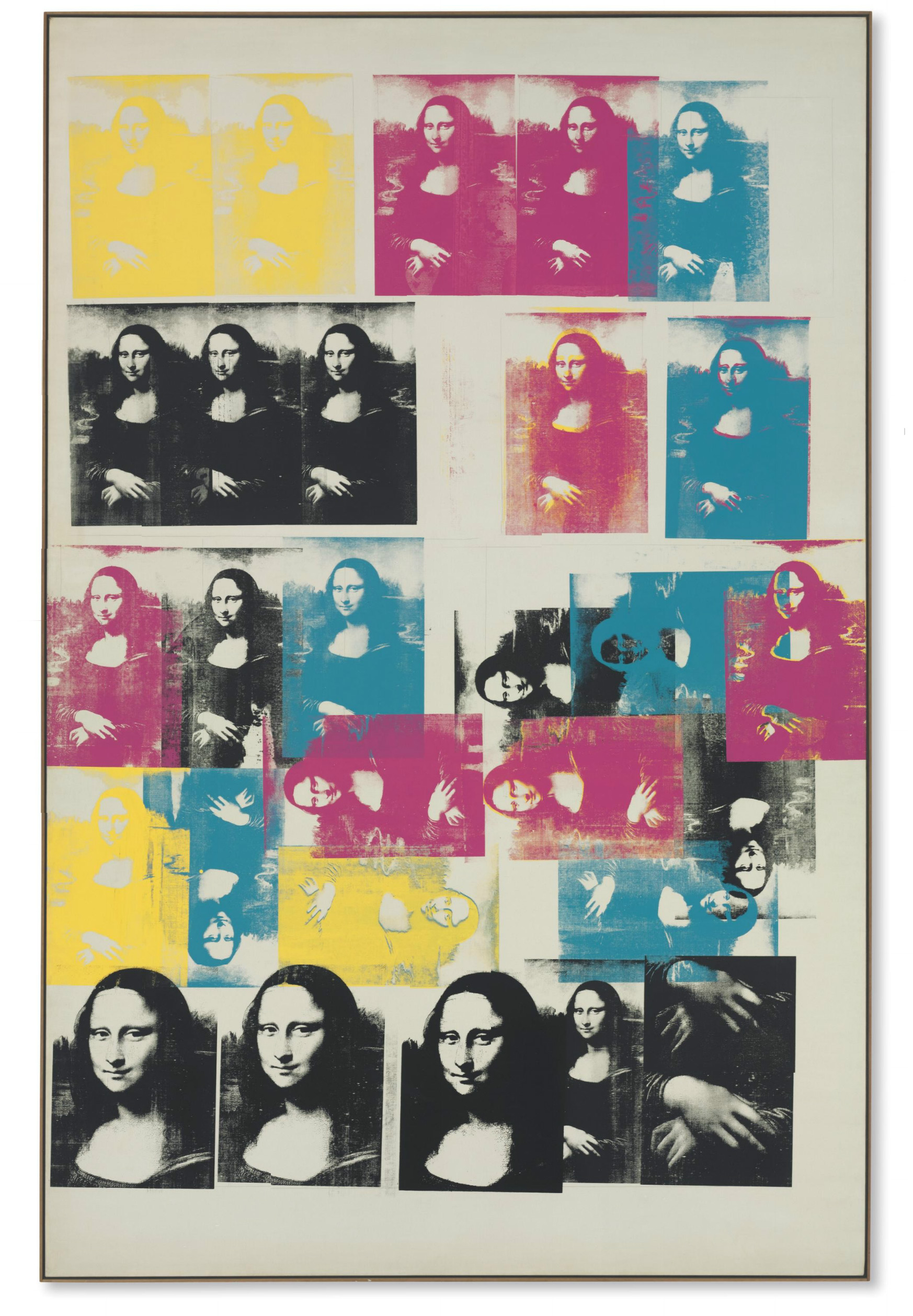
The Lesson – Interpret A Masterpiece
Your goal is to make an interpretation of a masterpiece.
First, select at least one influential artwork that you enjoy for whatever reason; it could be a sculpture, a print, a painting, a building or a sketch.
Next with your own style, produce your own artwork inspired or influenced by the original. Your render should have some comprehension or interpretation based on a context of its original intention or a contemporary event or personal expression. The twist to this assignment: use your phone to create the final production whether it be simply photographing your artwork or actually creating it within any favorite mobile app.
Then, submit this piece by an email to timcarrier@needcoffeecreative.com or a link within the comments (images cannot be uploaded within a comment). Along with your interpretative artwork submission, please provide a reason for your choice and the motivation for your interpretation. I will post the results within this entry.
Could you please submit your artwork by Friday, August 21, noon.
The deadline has been extended without an end date until further notice. I look forward to your submissions!
Thank you.
Art Submissions
Elizabeth Tafaro
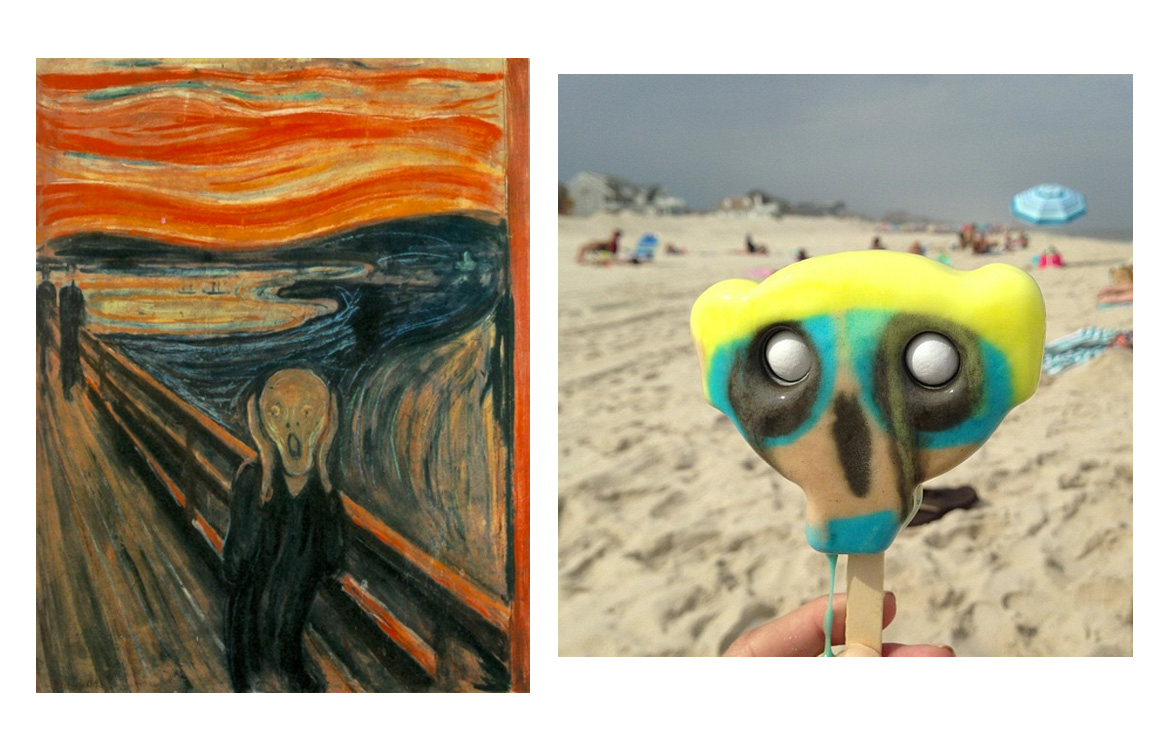
August 19, 2015 — I didn’t actually plan on recreating Edvard Munch’s “The Scream” – it just kind of happened. The face of my ice-pop melted from the heat of the beach leaving an agonizing painful expression. The mouth and the eyes fell creating a screaming mouth almost exactly the same as Munch’s. – @Thingslizwants
Scott Sur
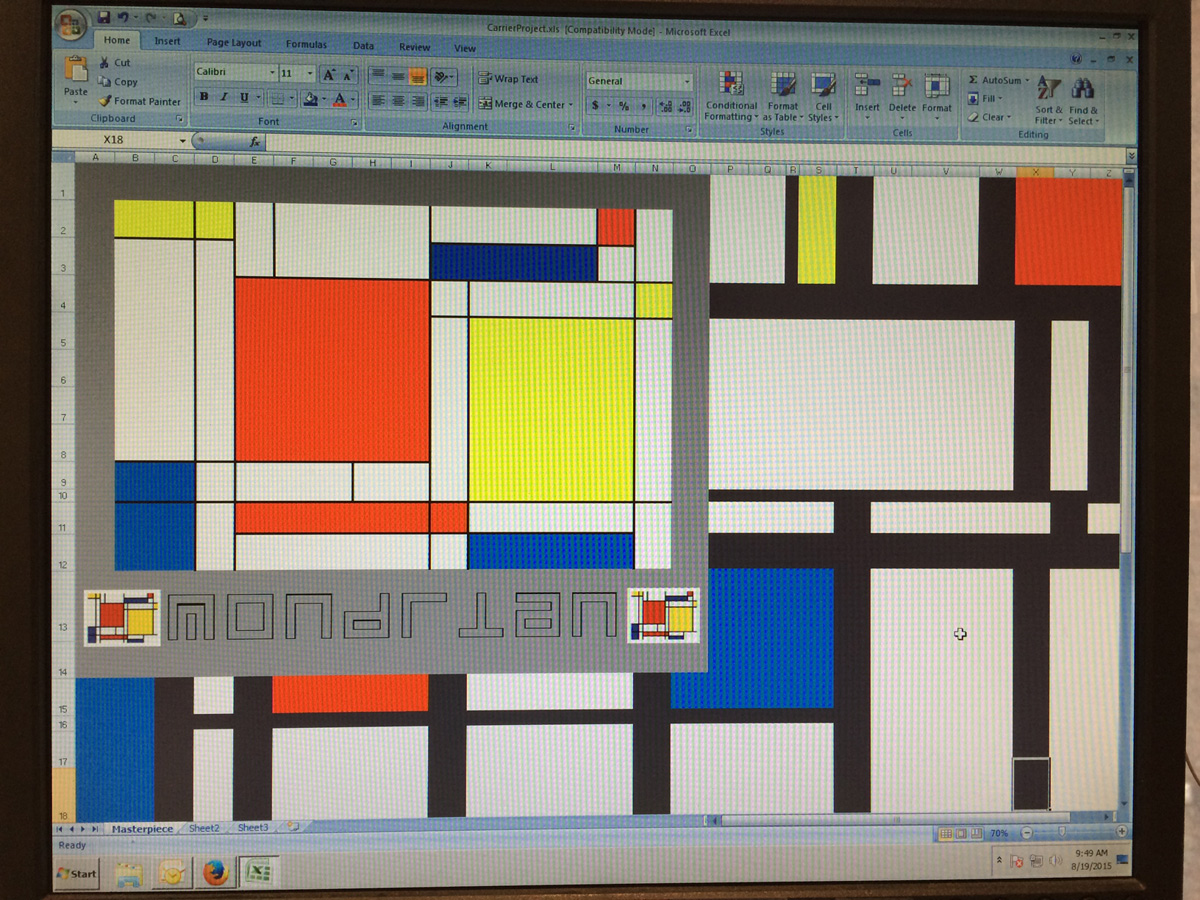
August 20, 2015 — I was originally drawn to Mondrian’s artwork by the simple question “why?”. Specifically, why would someone paint something seemingly so random? Piet Mondrian’s artwork represents a simplification of elements of the visible world. His inspiration was to capture that which lay beneath the surface by “abstracting everything until [arriving] at the fundamental quality of objects”. In doing this project, Mondrian immediately came to mind as I grappled with the limitations of time and medium of my daily life. I worked with what I had available, a computer and Excel software, to create a piece of artwork that is first a reproduction of one of Mondrian’s compositions and secondly, my own creation that extends beyond the borders of the original. –Scotdrian
Walter Craven

August 21, 2015 – I chose this image because of its iconic nature – an ever evolving Americanized Caucasian version of Jesus – which helps make the Christian faith and stories more believable. Pure propaganda.
Sarah Carrier
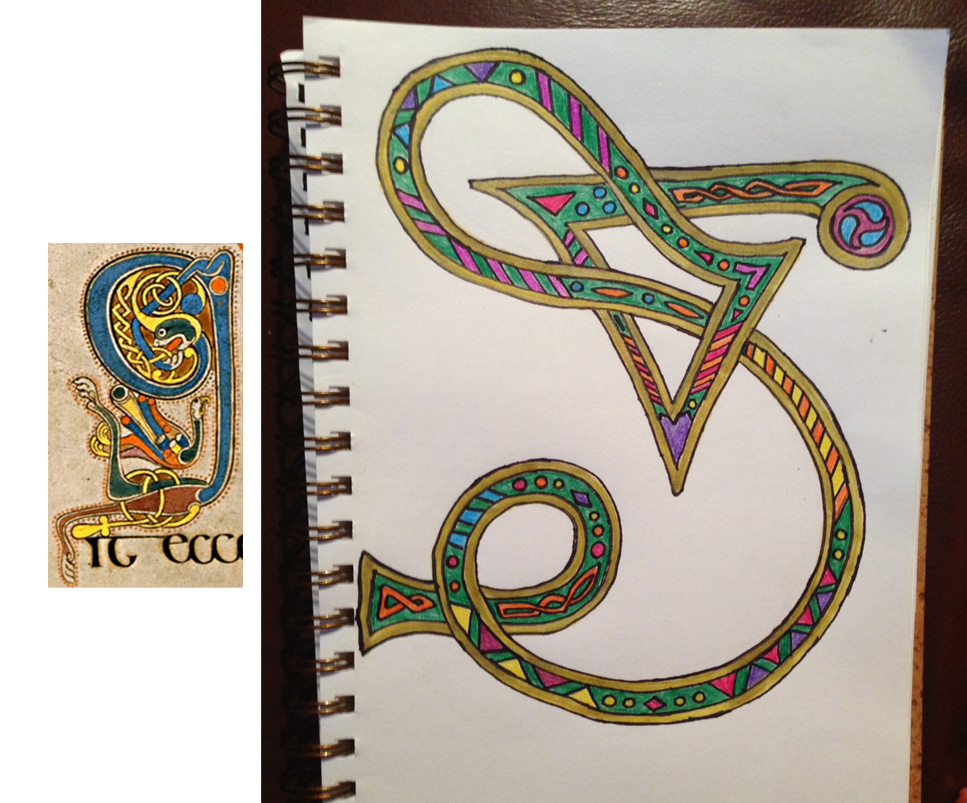
August 21, 2015 – I am drawn to illuminated manuscripts — the artistic interpretation of stories, the incredible detail and craftsmanship, the unique styles of the artists who toiled over them so long ago. When I find myself sketching and doodling, it is usually letterforms and/or abstract shapes and designs. For that reason, I chose the Book of Kells as my inspiration.
The Book of Kells is believed to have been created ca. AD 800. It is a masterwork of Western calligraphy and represents the pinnacle of Insular illumination. It is also widely regarded as Ireland’s finest national treasure.
Mike Marien
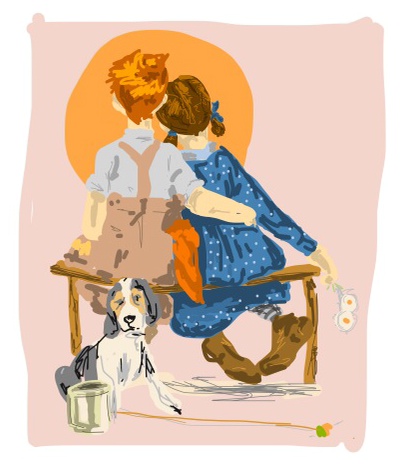
August 21, 2015 – I wanted to do a Rockwell, but I wanted to be more creative in my recreation. Unfortunately, I didn’t have the time to pull it off. My idea was to take one paintings and do it from an alternate angle and have it turn out to be a selfie. So I landed on this piece (also because I have it in my office at home and see it everyday)…I thought [my wife] and I could dress similar to the kids in the piece and take a selfie on a bench, as if you saw the from of the painting that’s what the kids were actually doing. Then I was going to use illustrator to painting the orange background.
Buuuut we didn’t have time, so I thought it would be good to recreate it more haphazardly than his photo realistic way. Blocking in the big colors and scribbling in the shadows and highlights.
Brent Layton
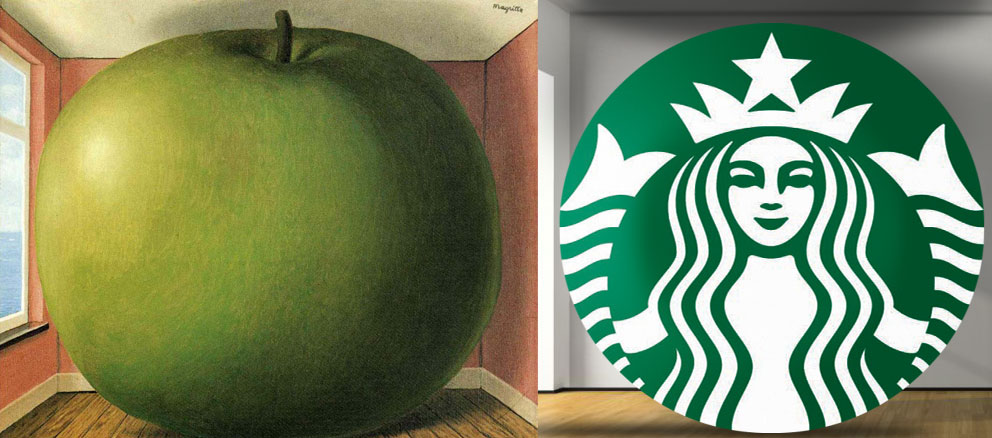
August 22, 2015 – I thought it would be fun to take a poke at popular culture and the idea of scale and perspective as it relates to the viewer. This is my modern interpretation of The Listening Room by René Magritte. I have always been drawn to his work because of the ways in which he challenges the viewer and manipulates perceived reality. His work has always been relatable to me and the simplicity of the idea has always caught my eye. In my interpretation, I used the Starbucks logo as the metaphor for the commercialization of our modern world and the desire for uniformity…although they do make some damn good coffee.
Billy Mitchell

August 22, 2015 – Rothko-Mondrian
Made using Google images, PicFrame app, and iPhone.
